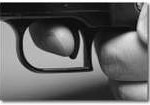A New Way of Looking at Shooting Range Viability
By Addison Sovine
While the top-level view of a commercial indoor shooting range may appear simple and direct, the economic reality is often the opposite. If one were to take the cost of a range based on today’s market value and implement a state-of-the-art range featuring approximately ten lanes, the initial investment would be well into the millions. A range costing a million dollars would require $50,000 in range fees just to cover the interest payment alone. If a range yields $10 per participant for each hour of range time, five hundred shooters would be necessary to simply cover that interest. In addition to start-up fees, heating and cooling of the facility can be substantial when variables like airflow and heat are factored in.
Expenses that add up quickly
Another five hundred shooters—if not a full additional thousand—would be necessary to cover the cumulative cost of operations and physical utility bills. This does not include costs associated with labor, maintenance, or any other expenses, causing the cost of an operation range to accumulate.
Making Your Good Range Great
Over the past 26 years of leading the industry, the men and women of Action Target have learned that an indoor range in and of itself is not as viable a solution as an indoor range used in conjunction with a retail store. However, a guiding principle sometimes forgotten is that a good range validates a good store. A good range makes it possible for a store to perform a service that dealers and stores without a range cannot perform. Clients can test firearms prior to making their purchase. 
Your ability to provide a critical service as an expert in the shooting industry, in conjunction with the services of a range, allows you to train and demonstrate that which you sell. A range also gives the opportunity for relevant, adjacent offerings, such as personal protection classes, concealed carry classes, and other things not available from people who would need to rent or borrow a range. With this in mind, reconsider the economic validity of building or purchasing a range.
A Model of Economic Viability
Supposing your range will consist of ten lanes, the last thing that you want to worry about it is the required maintenance. Any mechanical device follows a single objective rule—the more complex the device, the more expertise necessary in its service and maintenance. Just a few years ago, having an automobile with a motor, a carburetor, and a little common sense may have been the only necessary tool in order to adjust the carburetor. Today, however, the proliferation of computer controlled, microchip-fueled components makes it incredibly difficult to do so. Accidents or problems can necessitate repairs that are far more expensive now than they may have been ten or fifteen years ago.
The laws of physics hold domain over any space, including ranges where bullets are being fired. Combined with constant historical trends of human innovation, we can see that whenever someone builds something to stop a bullet, someone else will build a bullet strong enough to go through it. Thus, it is only a matter of time before an equipment failure or breakdown on a range occurs.
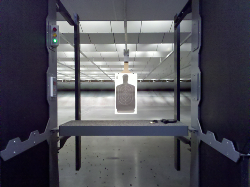
If you are going to donate your commercial range to local law enforcement, understand what that could entail. Even with donations of use, local law enforcement agencies’ use of your range will be a small fraction of its cumulative use. You will not be able to properly maintain your range or even break even based upon the rental of that range with your law enforcement under typical circumstances.
*NOTE: This has been the first section of many Action Target White Papers being released to the public. All white papers can be accessed through our website. To read the rest of the Self-Funding Shooting Ranges White Paper, you can download the entire PDF document by clicking on the link provided. You can also watch the full video presentation.
About Addison Sovine
Addison is the Executive Vice-President and Co-Founder of Action Target. He has over 26 years industry experience and has personally designed, built, and maintained thousands of shooting ranges.







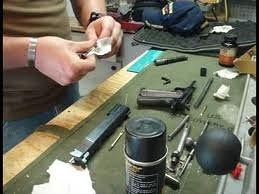
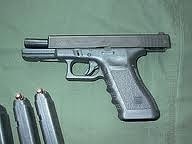
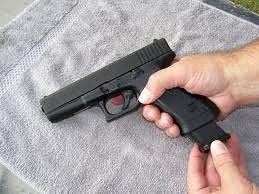
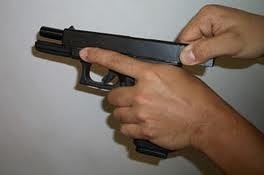
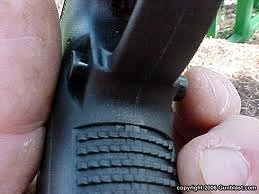
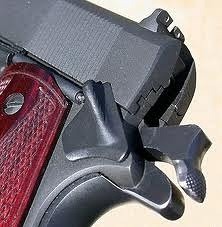
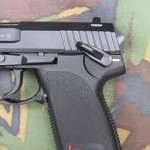

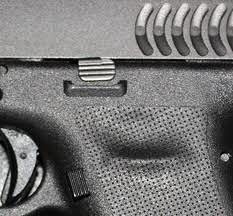 all normally.
all normally.